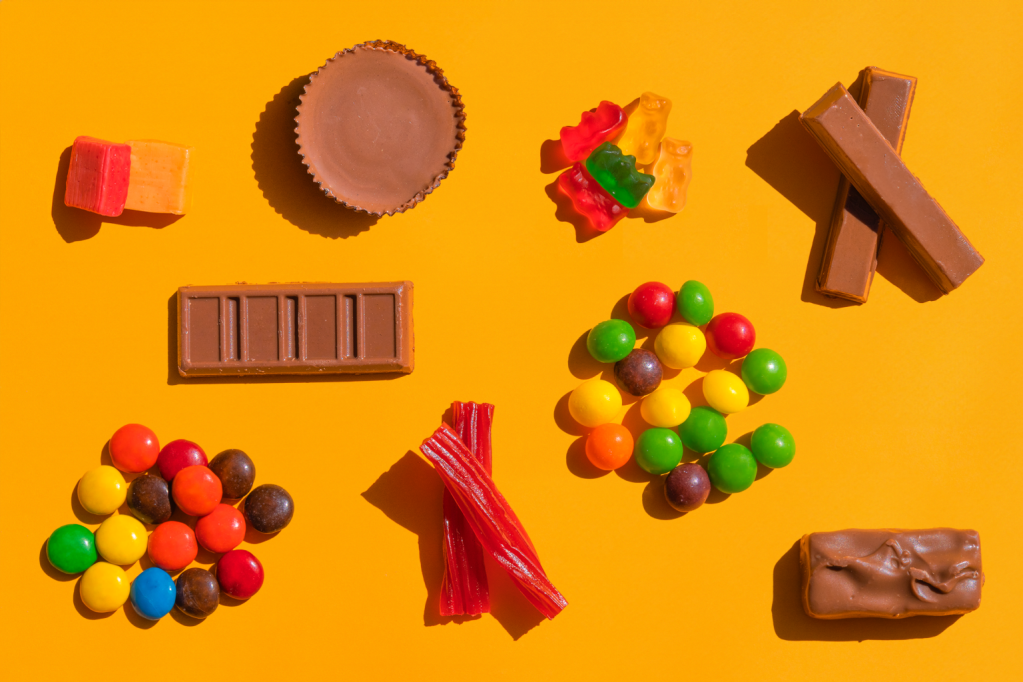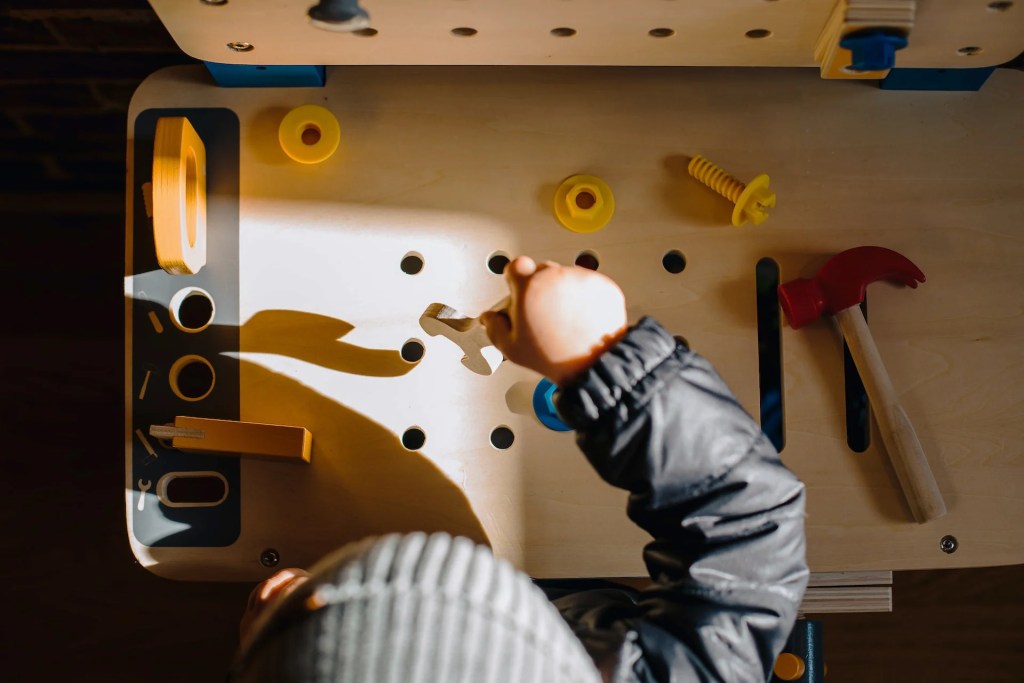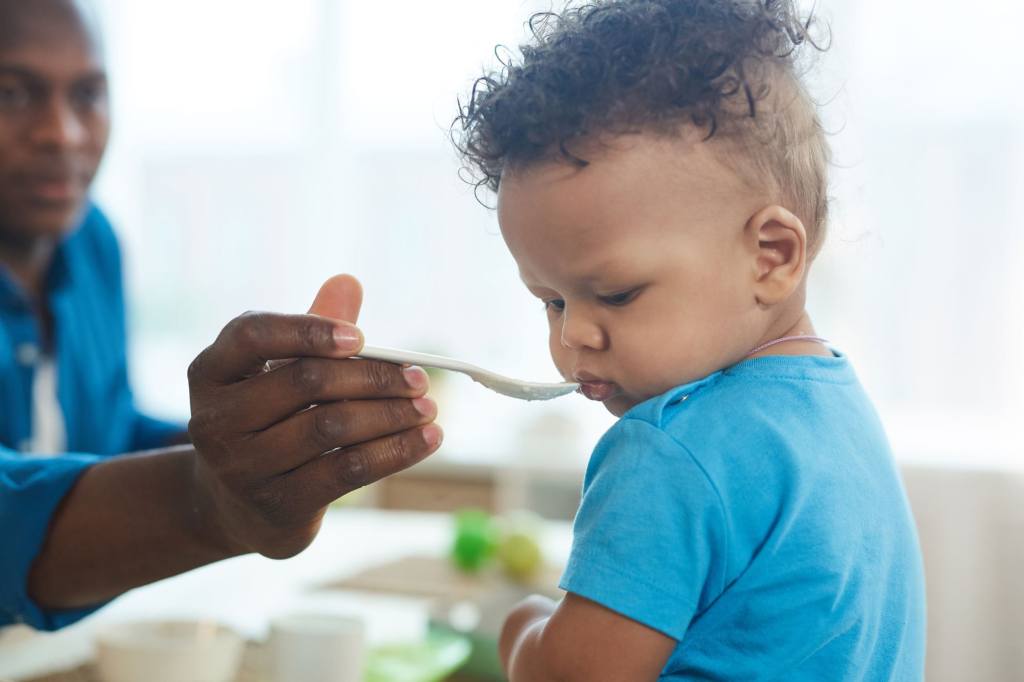Here’s What You Need To Know:
- Around six months, babies start to exhibit signs that they are ready for solids.
- Baby-led weaning, or The Rapley Method, introduces babies to solid food by allowing them to feed themselves.
- According to Rapley, “Choking is no more likely with baby-led weaning than with the conventional method of introducing solids.
- Baby-led weaning should be messy and experimental.
What is Baby-led Weaning?
Baby-led weaning is a technique coined by Gill Rapley, author of “Baby-Led Weaning: Helping Your Baby to Love Good Food.” The practice, also described as “self-feeding,” introduces babies to solid food by allowing them to feed themselves. No spoons. Just hand to face. Food to floor.
This practice starts at 6 months and is all about discovery and enjoyment. The baby sits with the family at mealtime and makes a mess! Messes aside, many parents believe the Rapley Method is a fuss-free way to introduce solids to babies.
Read below for the benefits of baby-led weaning.
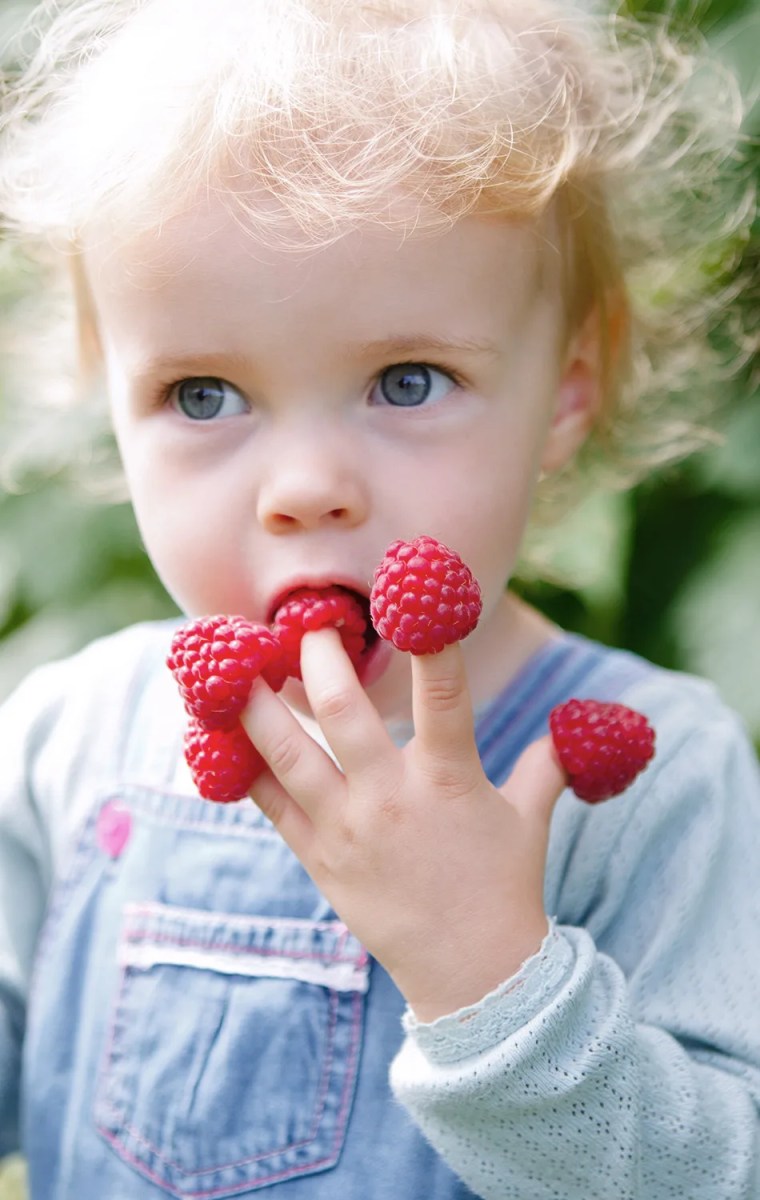
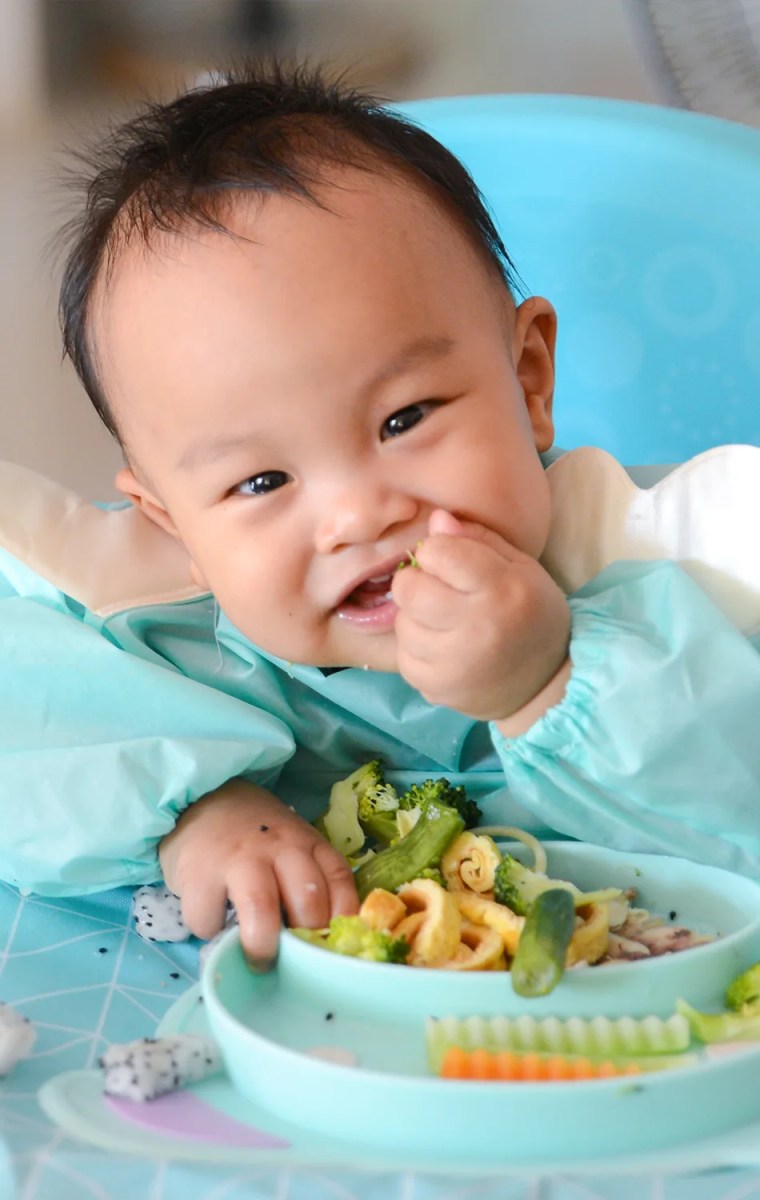
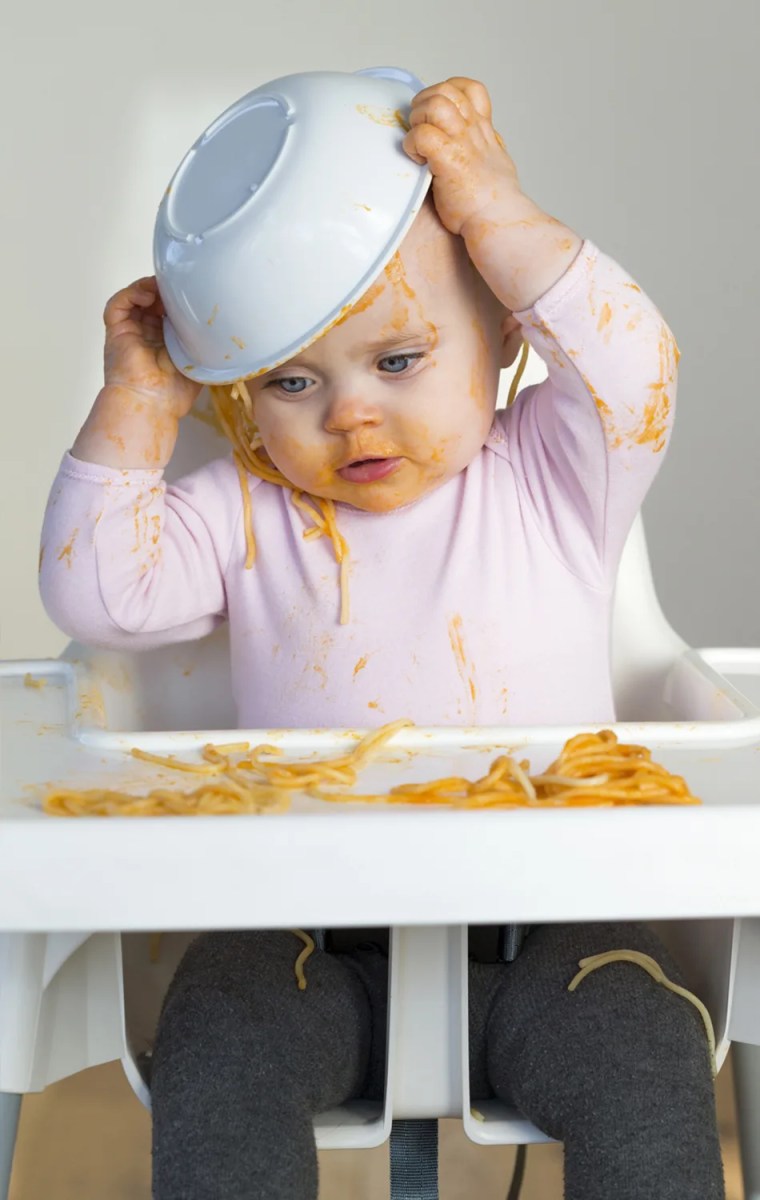
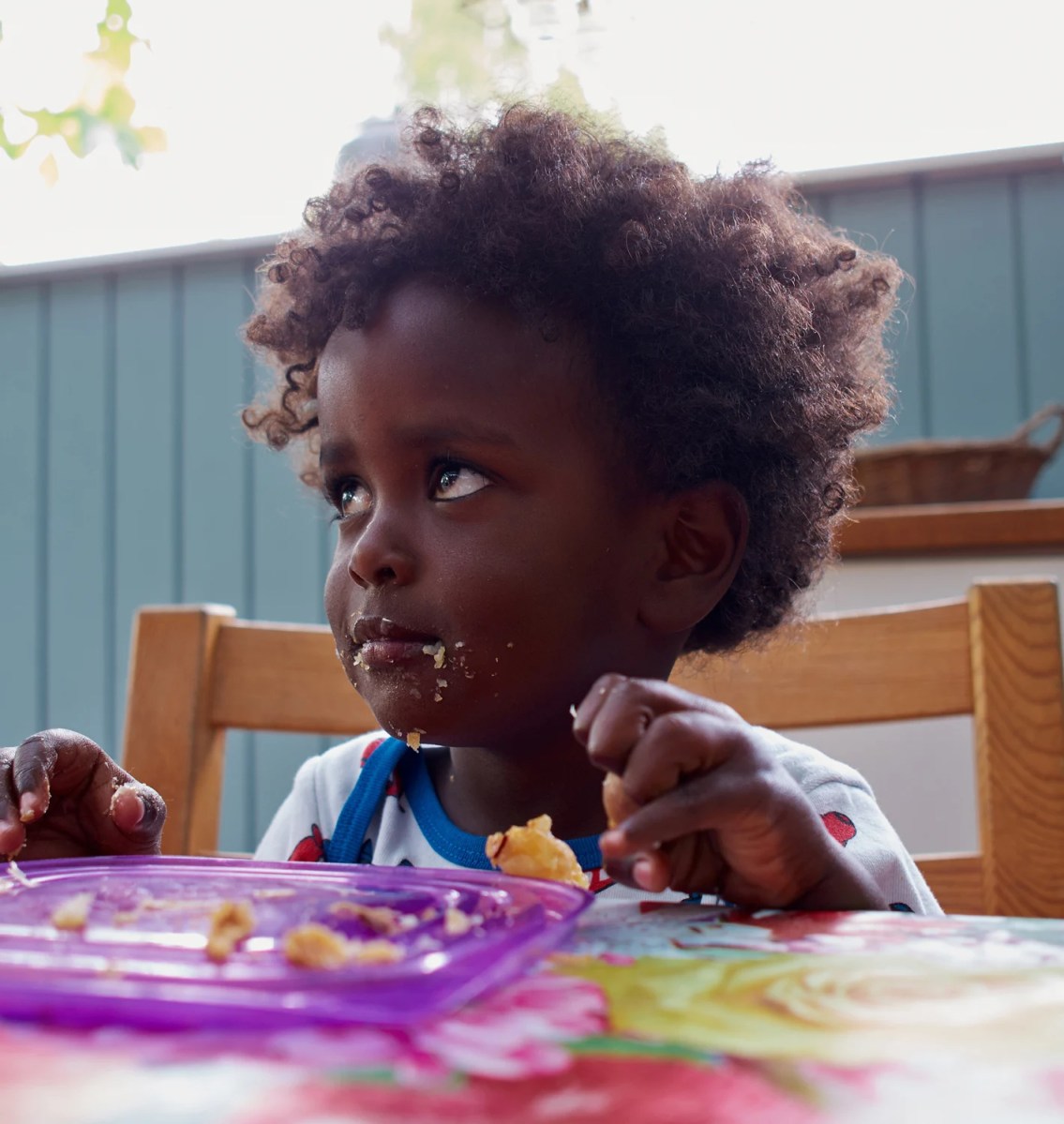
Allows babies to explore texture, taste, color, and smell on their own
Encourages confidence and independence
Helps with chewing and hand-eye coordination
Makes picky eating and mealtime battles less likely to occur
Is it dangerous?
The most common concern with baby-led weaning is choking. However, as with any solid food, you should never leave your baby unattended or alone with food.
According to Rapley, “Choking is no more likely with baby-led weaning than with the conventional method of introducing solids. In fact, allowing babies to control what goes into their mouths may actually help them learn to eat safely.” She further explains the difference between choking and gagging. However, as a new parent, both can be terrifying. If you’re more comfortable starting with purees, there are great stage one options for your baby.
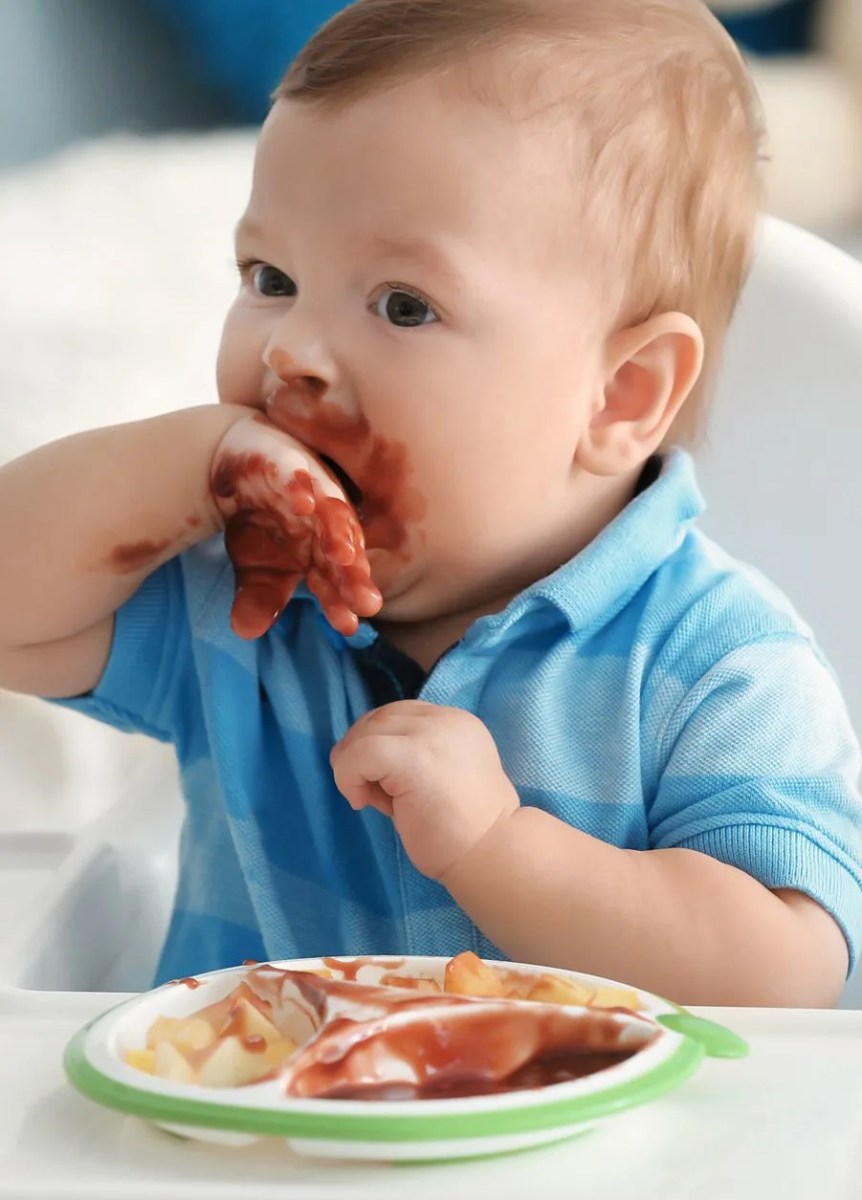
How to get started:
- Sit your baby upright, facing the table.
- Make sure your baby is able to sit steadily and can use their hands and arms freely.
- Offer your baby food, rather than giving it to them. Put it in front of them, or let them take it from your hand so that the decision is theirs.
- Start with foods that are easy to pick up – Stage 4 Chunky Combos feature full chunks of food that are easy to grab.
- Introduce new shapes and textures gradually so that your baby can work out how to handle them.
- Include your baby in mealtime whenever you can. And don’t rush them! Allow them the opportunity to explore. Baby-led weaning should be messy! It’s experimental! It also requires extreme patience.
- Always check with your pediatrician if you have any concerns or questions.
Summary
According to baby-led weaning devotees, all babies can begin to feed themselves around 6 months – they simply have to be given the opportunity.
Deciding on whether baby-led weaning is right for your family is a personal choice. Your comfort as a new parent is paramount. (Remember babies read our cues about food and mealtime.)



